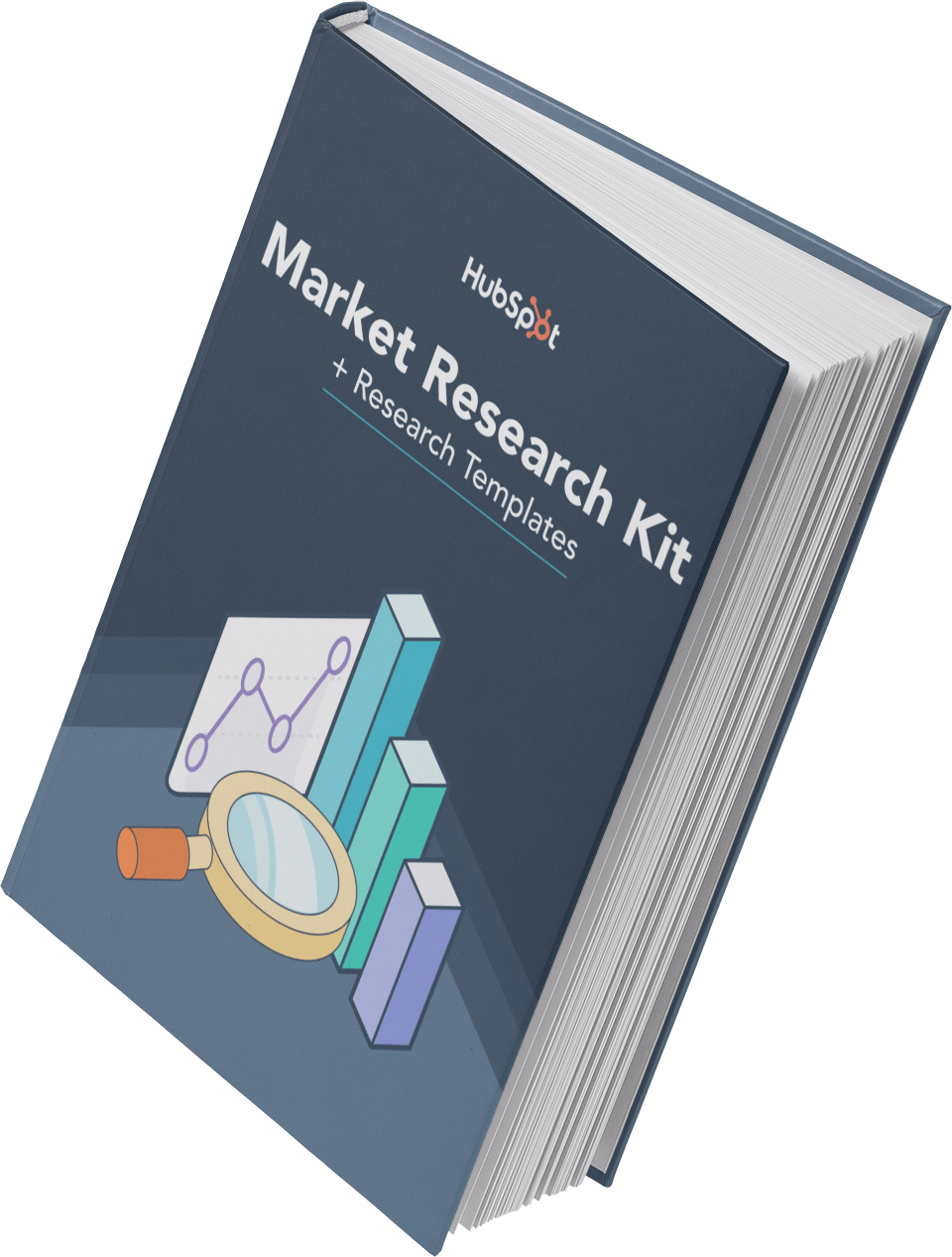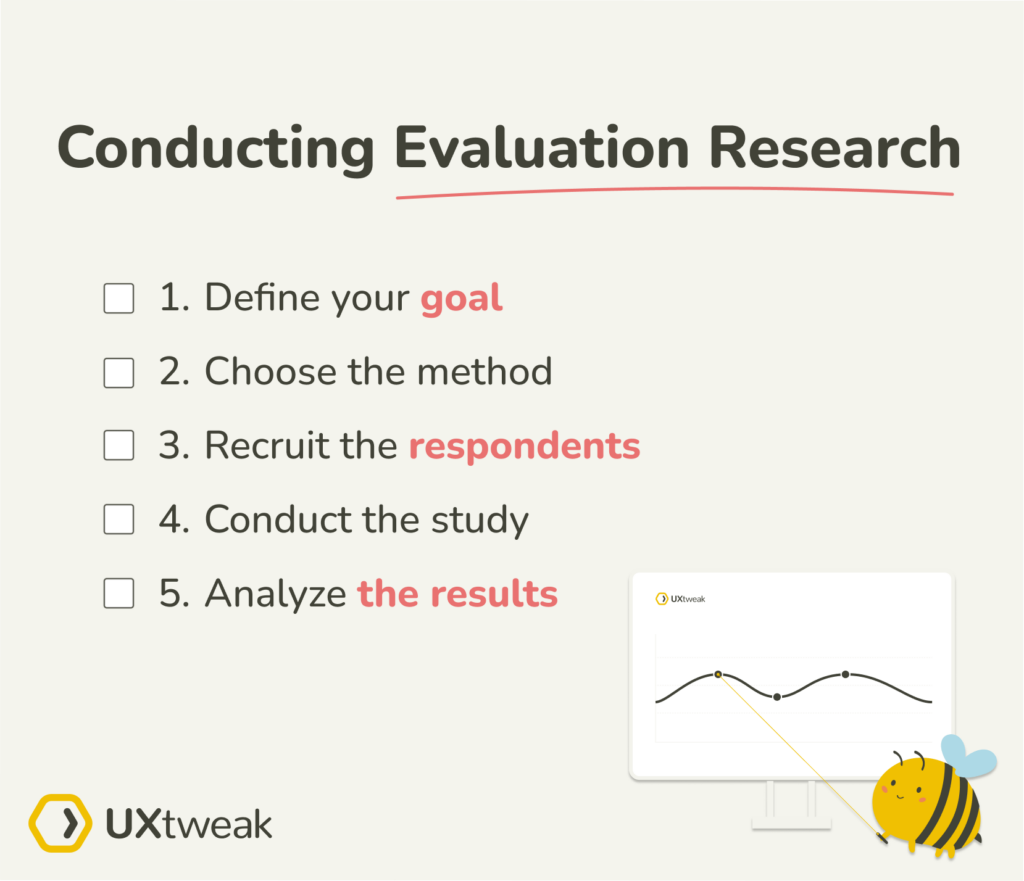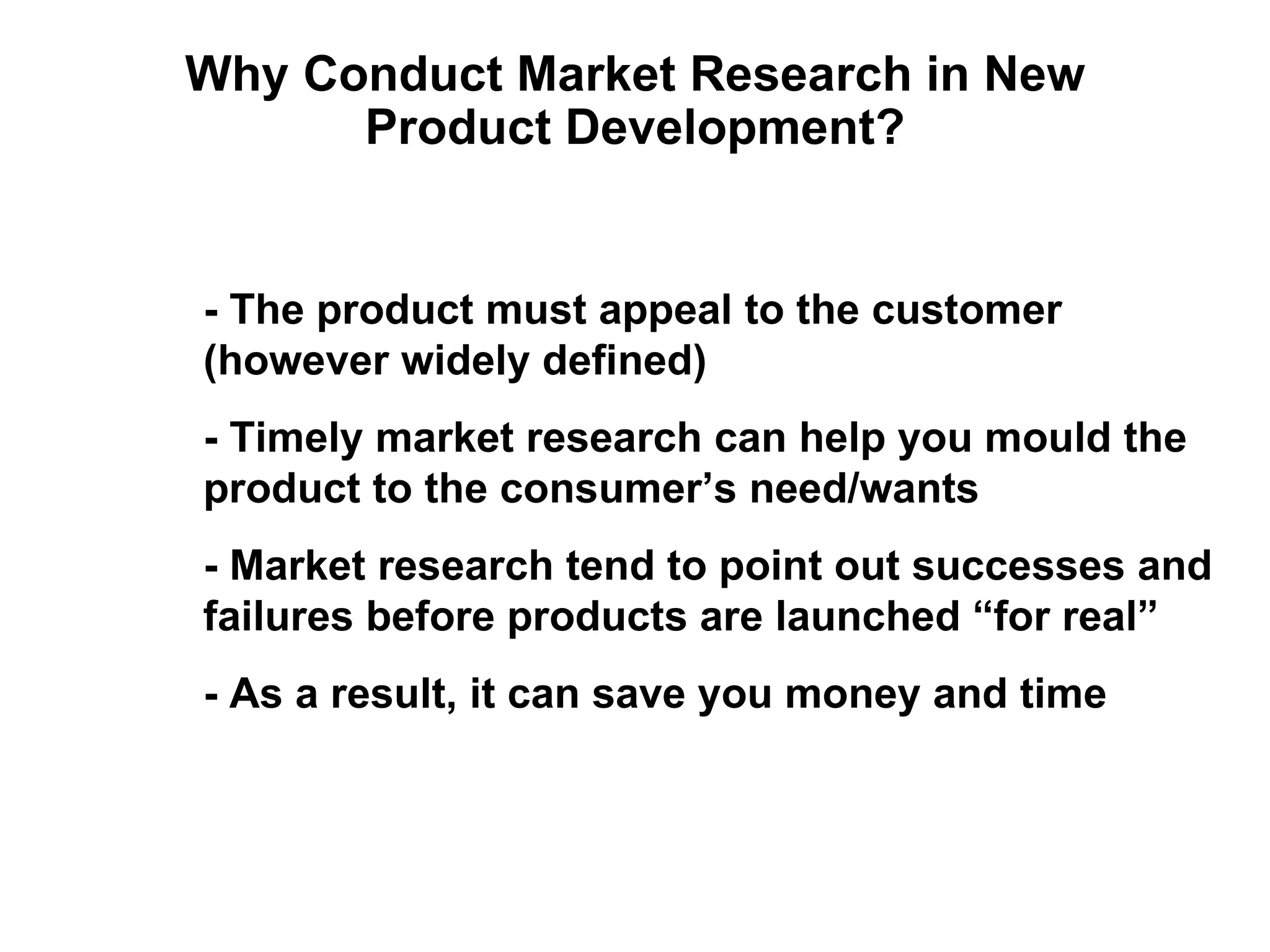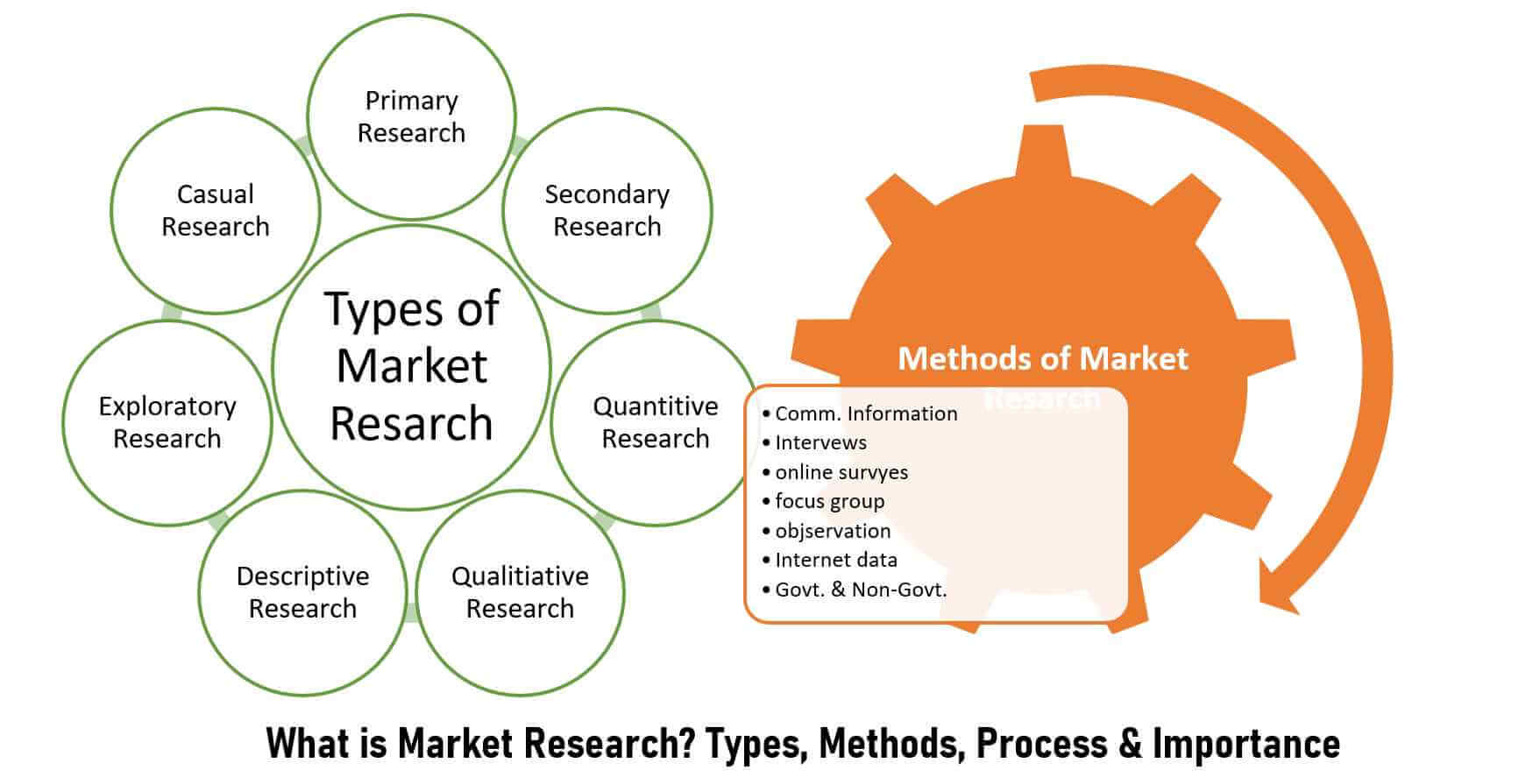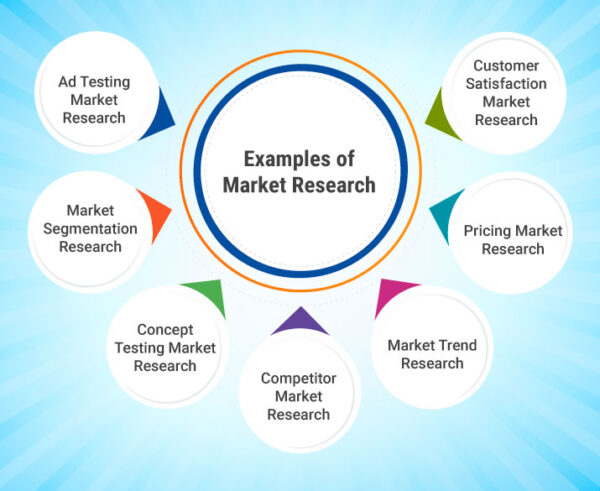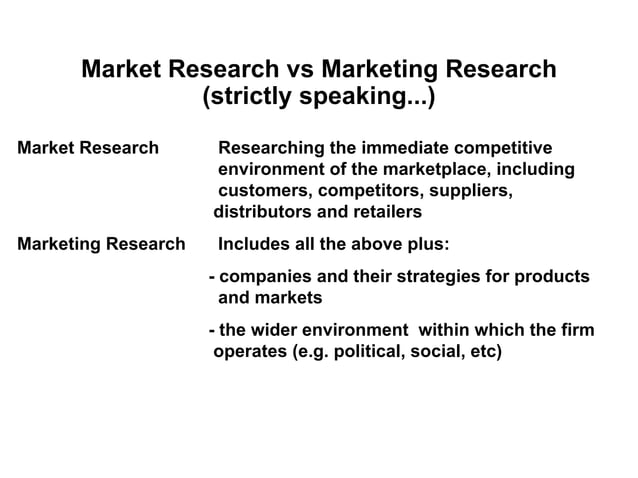Evaluating The Results Of A Market Research Includes

Imagine a bustling marketplace, overflowing with vibrant colors, exotic aromas, and the enthusiastic shouts of vendors vying for attention. But instead of tangible goods, these vendors are offering ideas, concepts, and prototypes. This is the modern landscape of market research, where data reigns supreme, and the ultimate goal is to understand what the "customer" truly wants.
At the heart of every successful product launch, rebranding initiative, or marketing campaign lies meticulously conducted market research. However, gathering the data is just the first step. The real magic happens when we evaluate the results, transforming raw numbers and qualitative insights into actionable strategies.
Market research, in essence, is the process of gathering information about a target market. It's not just about finding out what people like; it's about understanding why they like it. This article will explore the crucial steps involved in evaluating the results of market research, highlighting the importance of accurate interpretation and strategic application.
The Foundation: Defining Objectives & Gathering Data
Before diving into evaluation, it's crucial to revisit the initial research objectives. What questions were we trying to answer? Were we trying to gauge the demand for a new product, understand customer satisfaction, or identify emerging trends?
Clearly defined objectives provide a framework for interpreting the data and ensuring that the evaluation stays focused on the most relevant insights. The type of data collected also significantly impacts the evaluation process.
Quantitative data, like survey responses and sales figures, provides numerical insights that can be analyzed statistically. Qualitative data, such as focus group discussions and interviews, offers rich contextual understanding and deeper insights into customer motivations and perceptions.
Preparing the Data: Cleaning and Organizing
Once the data has been gathered, the next step is preparing it for analysis. This often involves cleaning the data to remove errors, inconsistencies, and irrelevant information.
Imagine sifting through a mountain of raw ore to find the precious metals hidden within. Similarly, data cleaning helps to uncover the valuable insights hidden within the raw data by ensuring accuracy and consistency.
Organization is key. Quantitative data is typically organized in spreadsheets or databases, making it easy to perform statistical analyses. Qualitative data requires a more nuanced approach, often involving transcription and coding to identify common themes and patterns.
Analyzing Quantitative Data: Unveiling the Numbers
Analyzing quantitative data involves using statistical techniques to identify trends, patterns, and significant relationships. Descriptive statistics, such as mean, median, and standard deviation, provide a summary of the data.
Inferential statistics, such as t-tests and chi-square tests, allow us to draw conclusions about a larger population based on the sample data. For example, we might use a t-test to determine if there's a statistically significant difference in customer satisfaction scores between two different product versions.
Visualizations, such as charts and graphs, are crucial for communicating quantitative findings effectively. A well-designed chart can often convey complex information more clearly and concisely than a table of numbers.
Common Quantitative Analysis Techniques
Several techniques are commonly used to analyze quantitative market research data. Regression analysis helps us understand the relationship between different variables. For example, we might use regression analysis to determine how marketing spend affects sales.
Cluster analysis helps us group customers into distinct segments based on their characteristics and behaviors. Conjoint analysis allows us to understand how customers value different attributes of a product or service.
These techniques, when applied correctly, provide valuable insights for decision-making, helping businesses to optimize their products, services, and marketing strategies.
Analyzing Qualitative Data: Deciphering the Story
Analyzing qualitative data is a more subjective process, but it's equally important for understanding the "why" behind customer behavior. The goal is to identify recurring themes, patterns, and insights from the data.
Thematic analysis is a common approach, where the researcher identifies key themes and codes the data accordingly. This allows for a systematic and organized way to summarize and interpret the data.
Other techniques include content analysis, which involves systematically analyzing the text or images to identify patterns and trends. Narrative analysis focuses on understanding the stories that people tell about their experiences.
Extracting Actionable Insights from Qualitative Data
The key to successful qualitative data analysis is to extract actionable insights that can inform business decisions. This requires careful interpretation and a deep understanding of the context in which the data was collected.
For example, if a focus group reveals that customers are frustrated with a particular aspect of a product, the business can use this information to improve the product and address the customers' concerns.
"Qualitative research is the compass that guides the ship, providing direction and understanding in uncharted waters."
Qualitative insights are invaluable for developing empathy with customers and understanding their needs and motivations on a deeper level.
Integrating Quantitative and Qualitative Data: A Holistic View
The most powerful insights often come from integrating quantitative and qualitative data. By combining the "what" of quantitative data with the "why" of qualitative data, we can gain a more holistic understanding of the market.
For example, a survey might reveal that customer satisfaction scores are declining. Qualitative research, such as interviews or focus groups, can then be used to understand why customers are becoming less satisfied.
This integrated approach provides a richer and more nuanced understanding of the market, leading to more effective decision-making. It's like combining the pieces of a puzzle to reveal the complete picture.
Avoiding Bias and Ensuring Objectivity
It's crucial to be aware of potential biases during the evaluation process. Researcher bias, confirmation bias, and sampling bias can all distort the results and lead to inaccurate conclusions.
To mitigate these biases, it's important to use standardized procedures, involve multiple researchers in the analysis, and be transparent about the limitations of the data. Maintaining objectivity is paramount for ensuring the credibility and reliability of the research findings.
Think of it as wearing corrective lenses – ensuring you see the data clearly and without distortion, leading to accurate insights.
Presenting the Findings: Communicating the Story
The final step is to present the findings in a clear, concise, and compelling manner. The presentation should be tailored to the audience and should highlight the most important insights and recommendations.
Visualizations, such as charts, graphs, and infographics, are essential for communicating quantitative findings effectively. Storytelling can be used to bring qualitative insights to life and engage the audience on an emotional level.
The presentation should clearly outline the methodology used, the key findings, and the implications for decision-making. It should also acknowledge the limitations of the research and suggest areas for further investigation.
Actionable Recommendations: Turning Insights into Strategy
The ultimate goal of market research is to inform decision-making and drive positive business outcomes. Therefore, the evaluation should conclude with actionable recommendations that are based on the research findings.
These recommendations should be specific, measurable, achievable, relevant, and time-bound (SMART). For example, a recommendation might be to launch a new marketing campaign targeting a specific customer segment within the next quarter.
By translating insights into concrete actions, businesses can leverage market research to gain a competitive advantage and achieve their strategic goals. "Market research is not just about knowing; it's about doing."
The Evolving Landscape of Market Research
The field of market research is constantly evolving, with new technologies and techniques emerging all the time. Social media analytics, artificial intelligence, and mobile research are just a few of the trends that are transforming the industry.
Businesses that embrace these new technologies and techniques will be better positioned to understand their customers and compete in the marketplace. The future of market research is about being agile, data-driven, and customer-centric.
Staying ahead of the curve requires continuous learning and a willingness to experiment with new approaches. The marketplace is ever-changing, so the methods to study it must also evolve.
Evaluating market research results is an art and a science. It requires a blend of analytical skills, critical thinking, and a deep understanding of human behavior. By following these steps, businesses can transform raw data into actionable insights and achieve their strategic goals. Ultimately, the goal is to move beyond simply collecting data to truly understanding the story it tells, fostering deeper connections with customers and driving sustainable growth.


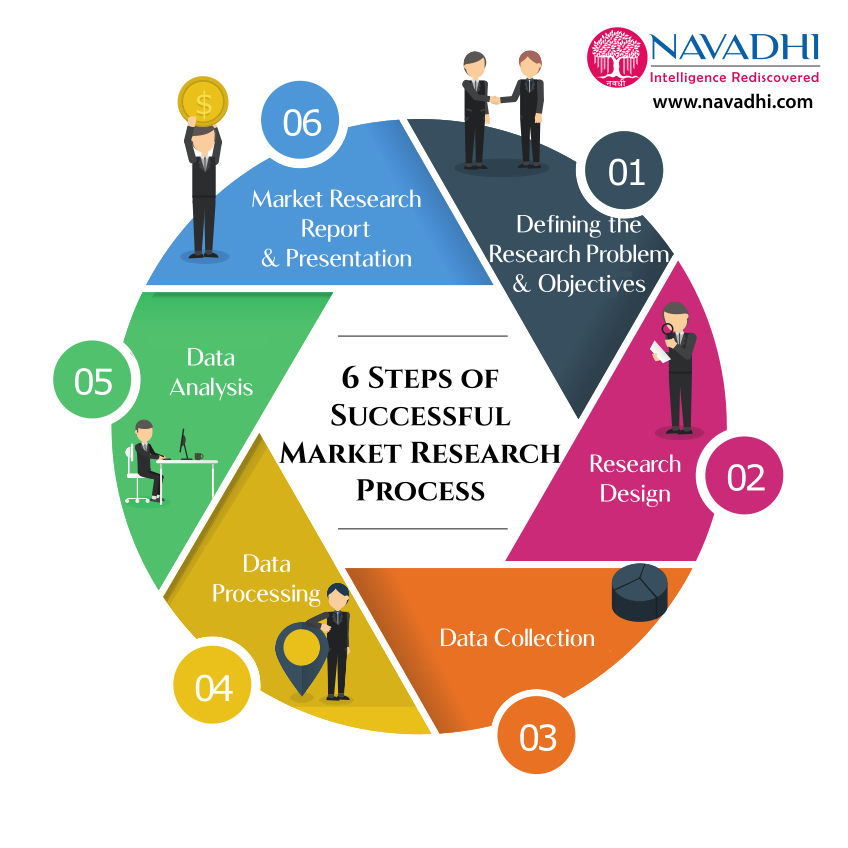



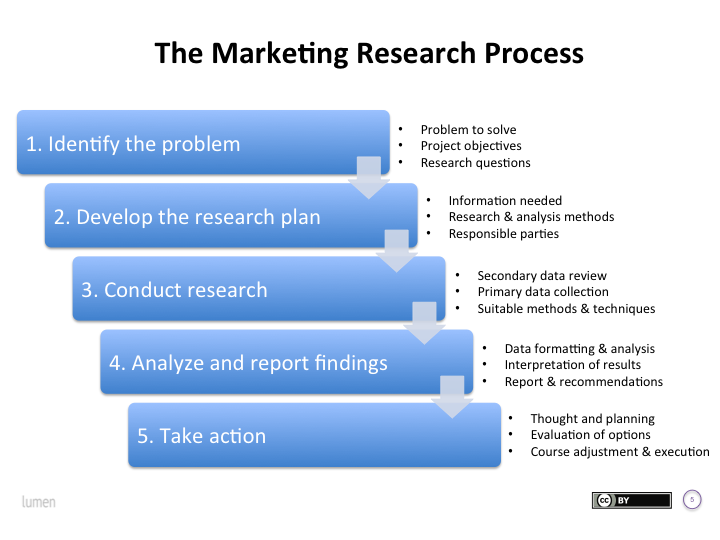
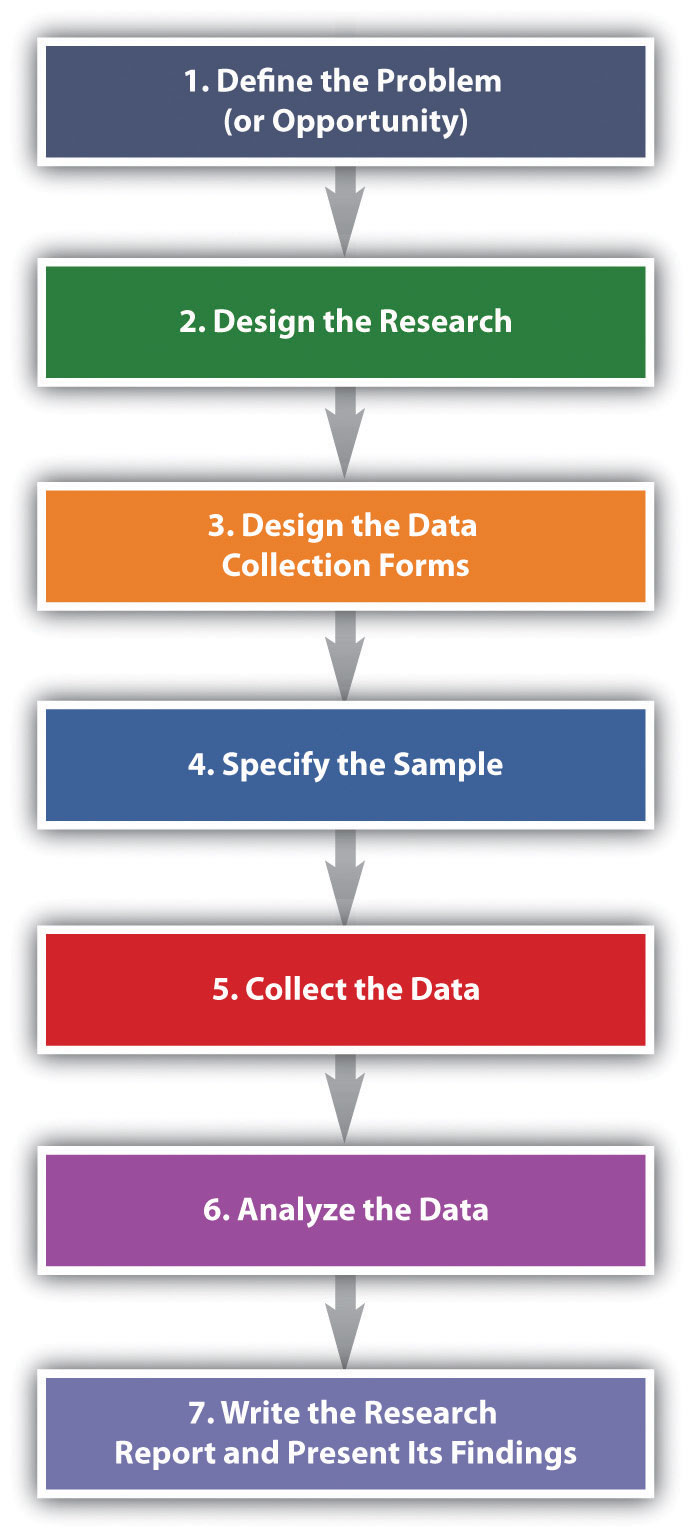
![Evaluating The Results Of A Market Research Includes 7 Qualitative Research Methods for High-Impact Marketing [UPDATED]](http://image.slidesharecdn.com/pizzahutfinalwithanalysis-131106144805-phpapp01/95/pizza-hut-marketing-research-project-15-638.jpg?cb=1383750062)

